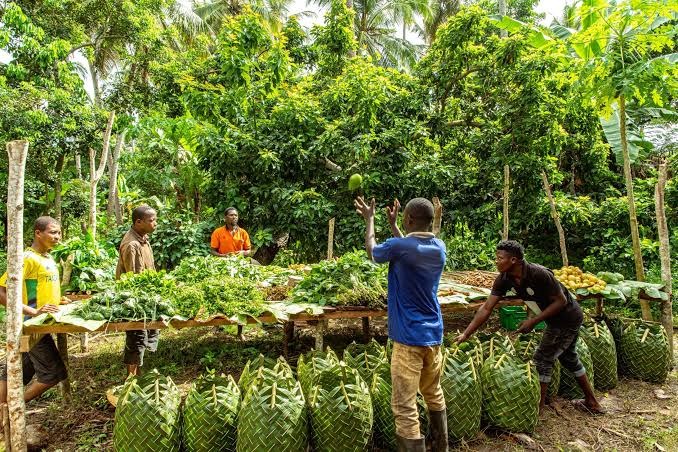Zanzibar is part of the United Republic of Tanzania and consists of the two main islands (Unguja and Pemba) and several small islets. Administratively, Zanzibar is divided into five regions; three in Unguja (Urban and West, South Unguja, and North Unguja) and two in Pemba (South Pemba and North Pemba). With the exception of Urban and West Region which have three districts, each of the remaining regions is divided into two districts, totalling eleven districts for the whole of Zanzibar. The total land area of Zanzibar is 2,643 sq. km (Unguja 1,658 sq. km and Pemba 985 sq. km). Population density per sq. km is 530 persons, making Zanzibar the most densely populated area in East Africa.
During the current period of analysis (October 2022 and February 2023), all analysed regions of Zanzibar are classified in Stressed (IPC Phase 2). Around 147,000 people (8% of the analysed population of Zanzibar) are facing Crisis levels of acute food insecurity (IPC Phase 3), with no people classified in higher phases. About 594,000 people (34% of the population analysed) are in IPC Phase 2 and will require livelihood support. The most affected region is Kaskazini Pemba where about 48,000 people (15% of the population analysed) are in IPC Phase 3. In addition, two regions (Kaskazini Unguja and Kusini Pemba) each have 10% of their households in IPC Phase 3, while the rest of the two regions (Kusini Unguja and Mjini Maghribi) have 5% of their population in IPC Phase 3.
The key drivers of the acute food insecurity situation are: a sharp increase in prices of the main food products, prolonged dry spells and erratic rainfall, that caused failure of crop and livestock production, crop pests and disease infestations, poor traditional storage systems of food crops produced, leading to decreased food availability, as well as low purchasing power of the population due to prices increase. Altogether, these factors lead to inadequate food production and consumption. Poor harvests resulted in limited food availability and reduction of casual labour opportunities. During this period, food prices continue to increase, mostly affecting the food consumption patterns of low-income households.
During the projection period (October – December 2023), the number of people facing high levels of acute food insecurity is expected to slightly increase from 147,000 to about 151,000 (8% of the population analysed), and this is solely attributed to an increase in the projected population of 2023. However, due to a projected below-normal to normal rainfall in the projection period, production is expected to reduce, compared to the current production period.

